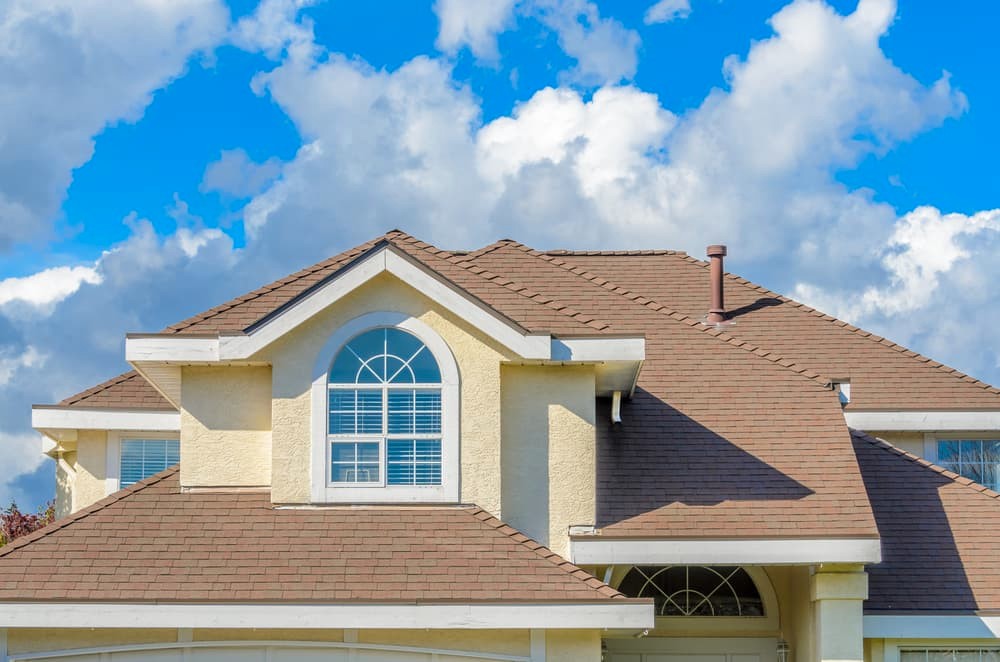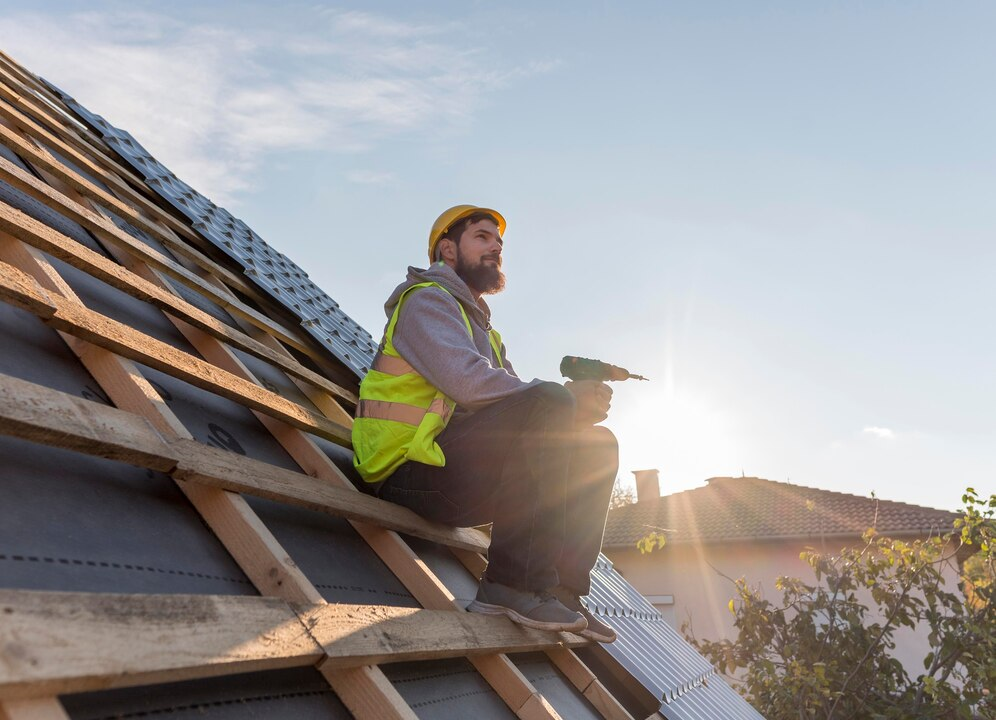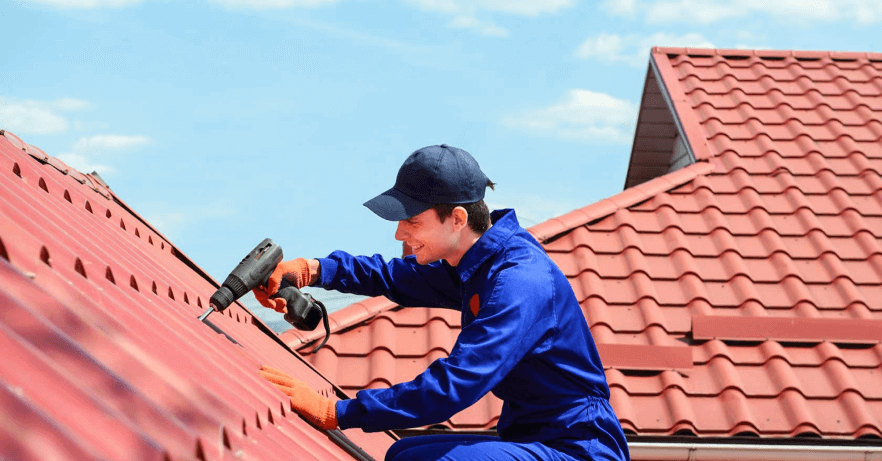Why Finding Roof Leaks is Important
A roof must keep out water to protect your home. If a roof starts to fail, it can lead to significant problems, such as damage to furniture, flooring, and personal items. Additionally, water that leaks into walls and insulation can promote mold growth, which is hazardous. Spotting leaks early is crucial. Watch for musty smells, water stains, unexplained puddles, and dripping sounds. Addressing these signs quickly can prevent further damage and make repairs easier. Click here for brothers roofing
Steps to Find Roof Leaks
Start at the Stain
Begin by examining the stain inside your home. Water collects in one spot before dripping down, so finding the stain can help you trace the leak’s source. For severely wet drywall, it might be necessary to remove it and check the space behind it. This can reveal the water’s path and make it easier to identify where the leak is coming from. Be aware that insulation can retain a lot of water, so the area might need some time to dry before you continue your search.
Check the Attic
Head to the attic and inspect the underside of the roof. Look for moisture on the rafters, particularly where different roof sections meet, like where a dormer connects to the main roof or where a porch roof joins the main roof. Use a flashlight to spot moisture, stains, or signs of damage. It’s also essential to check for condensation on metal pipes or nails, as these can sometimes cause small stains that may be mistaken for roof leaks.
Inspect the Roof
With a general idea of where the leak might be, climb onto the roof to look for damage. Use a sturdy ladder and ensure you have secure footing before you climb. Once on the roof, check for missing or damaged shingles, torn flashing, or other obvious issues in the suspected area. Look for signs of damage that might be causing the leak.
Soak the Roof
If you can’t locate the leak with a visual inspection, simulate rainfall to help find it. Use a hose to spray the roof, starting from the lower part and moving upward in sections. It helps to have someone inside to watch for drips, puddles, or moisture as you work. Soak each section thoroughly and check inside for any signs of leaks. This method can reveal the exact location of the leak.
Remove the Shingles
If previous steps don’t reveal the leak, you may need to remove shingles in the affected area. Carefully take off the shingles and inspect the sheathing underneath. Look for signs of moisture or damage. Since you’ve already removed the damaged shingles, you’ll be closer to fixing the leak.
By following these steps, you should be able to locate and address most roof leaks. If you’re not comfortable performing these tasks, hire a professional to ensure the leak is properly repaired.






